Discover The Hills of Matobo National Park Zimbabwe
Bulawayo - Southern Zimbabwe
An intangible encounter of panoramic natural splendour, ancient culture and history
Zimbabwe’s oldest national park, Matobo, a UNESCO World Heritage Site
The Matopos Hills Landscape
Standing on top of a mountainous boulder I slowly rotate 360 degrees. At my feet the landscape of southwest Zimbabwe surrounds me. Matobo Hills, also known as Matopos is a land for giants yet here I am, a mere miniscule grain at World’s View as was named by Cecil John Rhodes. An ethereal veil envelopes me, a mere mortal, as I admire this huge world. It is a place for contemplation. The past and the future.
Cecil made a great choice to be laid to rest at this site, although many might disagree.
Cecil John Rhodes’ grave and the Shangani River Memorial at Malindidzimu
Our Zimbabwe Overland Road Trip - first stop Matobo National Park
In the midst of Matobo Hills lies Matobo National Park, our first overnight stop in Zimbabwe. We were on a guided road trip and traveling in a group. Maleme Camp was where we would set up camp.
Boulders on top of Malindidzimu
A giant granite dome, boulders and lichen
Our convoy had left Botswana early that morning, crossed the border at Plumtree and drove a distance of just less than 100 km to Matopos Hills, south of Bulawayo.
Our first encounter of the rocks (and there were many!) at Matobo National Park was a decent sized solid one that blocked our way in the road. Fortunately there was a gap where we could drive around it, but the road was damaged. Thankfully this happened a while before we arrived, because other vehicles managed to drive around it and we followed suit.
The only thing I really knew about Matopos hills before I visited was that it was the burial site of Cecil John Rhodes. I did not know that there were such amazing rock formations or that the scenery would be so captivating. We set up camp then spent the rest of the afternoon exploring parts of the national park.
Missing out on Roaming Fox Adventures?
One of the significant sites we wanted to see was where some of the ancient SAN rock art was because we had heard they were well preserved. We drove to Nswatugi Cave, which is accessible from Circular Drive, west of Maleme Dam. Not only are there well-preserved ancient paintings in the caves of giraffes, elephants and kudu, but a human skeleton found dating back to the Middle Stone Age, around 42000 BC was found there.
To access the cave we climbed numerous steps up a hill. It was well worth it. A short detour on the way up to the cave gave us a great view over the valley.
Nswatugi Cave
Ancient rock art in Nswatugi Cave
Meeting our travel companions
As the light faded we drove back to camp, to spend our first night in Zimbabwe. A huge campfire was lit and our group sat in a circle around it. We were self-catering and cooked our dinner over coals.
While we waited we each had an opportunity to introduce ourselves as this was the first time that our full group was together. At Woodlands Stop Over some of us were scattered around the lodge and others only met up with us in other places. We had spent most of the day in our vehicles, most of us did not know each other or had not been formally introduced.
This was a great chance for camaraderie and getting to know each other as we swopped information about ourselves. There were a few couples that we knew we would get along with instantly.
Maleme Campsite
Malindidzimu, hill of benevolent spirits
The following morning after packing up our camping gear, we visited Malindidzimu, the hill of benevolent spirits. It was a gentle slope up the enormous granite boulder that took us to the grave site of Cecil John Rhodes. His wishes were to be buried there. A fine spot with such a magnificent view.
A short distance away stood the Shangani River Memorial for Allan Wilson, Dr Leander Starr Jameson, several white settlers and all the members of the Shangani Patrol killed in the First Matabele War. Erected in 1904, it pays tribute to the men who were eradicated by General Mtjaan and his 30 000 Ndebele warriors whose aim was to take over the area.
If you thought Zimbabwe was flat, you would be so wrong. The memorial site and grave is situated on top of one of the giant granite boulders. For a while we just stood there, absorbing the moment.
After a brief time at Matobo National Park we drove to Bulawayo to fill our fuel tanks and see what supplies we could find in the town. After a quick shopping expedition we drove to our next destination - Hwange National Park which I will write about in the next blog.
Matobo moved me unexpectedly, from its picturesque beauty to its sacred essence, a great start to our trip in Zimbabwe.
Who was Cecil John Rhodes?
An imperialist and British patriot, Cecil John Rhodes was a mining magnate who founded De Beers Diamond Group, a firm that until recently dominated the global trade.
He was also a politician in southern Africa who served as Prime Minister of the Cape Colony from 1890 to 1896. He was born on the 5th July 1853 and passed on the 26th March 1902.
One of his greatest visions was to extend British territory and develop a railway that stretched across the whole of Africa from the Cape in South Africa to Cairo in Egypt and would boost transportation for British trade.
One of the entrances to Matobo National Park
About Matobo (Matopos) National Park
Maleme campsite
Along the eastern banks of the Maleme Dam in the centre of the park is the main camp where there are camping and caravan sites. There is also self-catering accommodation. Some of the lodges have magnificent views over the Maleme Gorge.
There were no electrical points at the campsites to connect electrical appliances.
Maleme - main campsite at Matobo
Sites on the edge of the dam
Self-catering accommodation
Matobo National Park history
The national park is the oldest in Zimbabwe, established in 1926 as Rhodes Matopos National Park and initiated by Cecil Rhodes.
Shangani River Memorial mural
Walking up Malindidzimu
View from Malindidzimu
Apart from the memorial site and World’s view escarpment as well as the rock art sites there is wildlife which includes leopard, heavily guarded black and white rhinos, sable antelope, impala, wildebeest, baboons and an abundance of hyrax. We did not see much wild animals but the vegetation was thick in places so I am sure they were well hidden.
For a relatively small park, Matobo has diverse birdlife, about 320 bird species, as well as migratory birds. There is a large concentration of raptors including Verreaux’s eagles.
Matobo Hills history
The rugged lichen covered masses of Matobo Hills were declared a UNESCO World Heritage Site in 2003 and as mentioned are famous for the impressive ancient rock paintings found there, of which there are more than 300 000.
San (Bushmen), Zimbabwe’s earliest inhabitants, made these hills their home in the numerous crevices and caves and left a rich legacy of over 3 000 registered rock painting sites, many of them created between 320 and 500 C.E.
Giraffe ancient rock art at Nswatugi Cave
Bambata Cave, Inanke Cave, Pomongwe Cave and Nswatugi Cave all had their own unique ancient treasures although not all are well preserved such as at Pomongwe Cave.
Apparently Inanke Cave is the best site to see possibly because it is more remote. If you have time on your hands and you would like to see it, it is only accessible after a three-hour hike from Toghwana Dam.
Amongst the treasures found at the archaeological sites some of them dating back to the pre-middle Stone Age, around 300 000 B.P., were stone tools, places where fire was made or clay ovens and bone fragments of hyrax, tortoise, baboons and larger wild animals, indicating the type of diet the San (Bushmen) lived off.
Maleme Dam
What does Matobo mean in Ndebele?
A couple of different Zimbabwean ancestors with several historic fables all point to Matobo meaning bald heads. It refers to the granite domes the area is renowned for. There is a multitude of gargantuan round granite domes with a few gigantic boulders of various sizes strewn on top. Natural art, creating the beautiful landscape of this African country.
Matobo Hills, a sacred place
Named Malindidzimu, the Matobo rocks is the spiritual home for the Ndebele people. They are seen as the seat of ancestral spirits where sacred shrines have been placed within the hills so they can communicate with the mystical world.
Sunset over Maleme Dam
Where is Matobo National Park?
Matobo National Park is within the core of the hills in southwest Zimbabwe, just south of Bulawayo. Also known as Matopos Hills, the granite plateau consists of rocky kopjes, wooded ravines and valleys.
Situated about 35 kilometers south of Bulawayo, it is conveniently placed within the major route heading to Hwange National Park and Victoria Falls.
Map:
If you do not want to stay at Matobo National Park, take a look at accommodation in Bulawayo, which is a little more than half an hour’s drive away.
On Pinterest? Save to read later!
Pinterest Pin
Click to save for later.
Find me on Social Media:
Here are some of my favourite tips and resources when we travel:
Researching a destination to find out more about it? We use Tripadvisor. You can even get a great deal from them!
How do you get there? Use Aviasales to check flights.
Pre-organised tours and jump the queue entrance tickets are obtainable from GetYourGuide. It is a great website to browse through and book while Big Bus Tours are ideal for hop on hop off tours. Expedia UK are great for adventures and experiences, holiday deals and trip ideas.
Where are you going to sleep at night? Booking.com have great deals and Hotellook have great discounts and hotel deals.
Going to Europe and want to hire a campervan? Try PaulCamper, Europe’s largest platform to hire or rent out campervans throughout the UK or Germany, Austria and the Netherlands.
If you have not found what you are looking for, head on over to my Shop or Resources page and browse there.
Step by step instructions on how to leave a comment on my blog:
Type in your comment in the comment box.
Click ‘Post Comment’
Briefly a message should appear saying you are not logged in, then a box with ‘Post a Comment’ will appear for you to complete with your name, email address and website URL (if you have one).
Fill in your first name and email address in the appropriate section. (Your email will not be made public and will not be used for any other purpose than for you to get a notification of a reply to your comment.)
Click ‘Comment as Guest’ and you’re good to go!
To subscribe to my blogs, please fill out the SUBSCRIBE form.
Thank you.
I know it is quite a process, but it helps keep our websites secure. Your email address will not be shared or displayed.

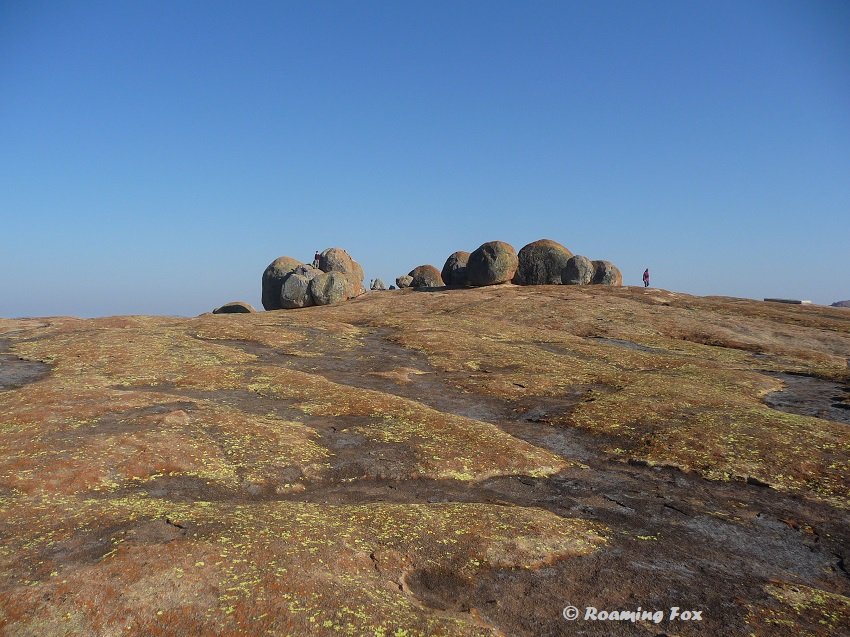















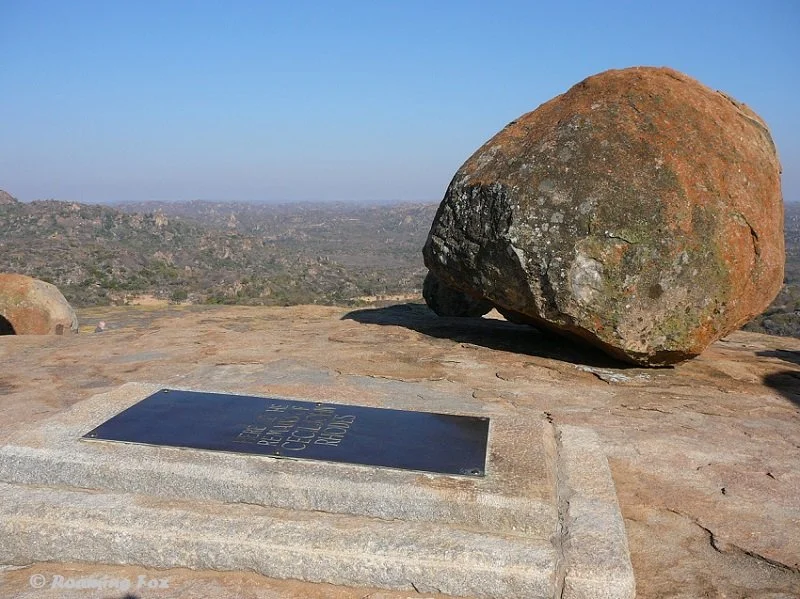









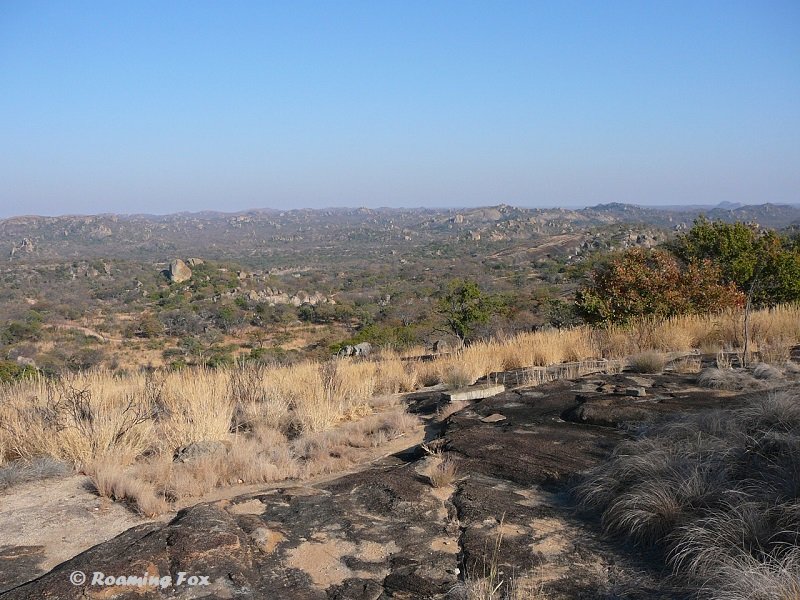
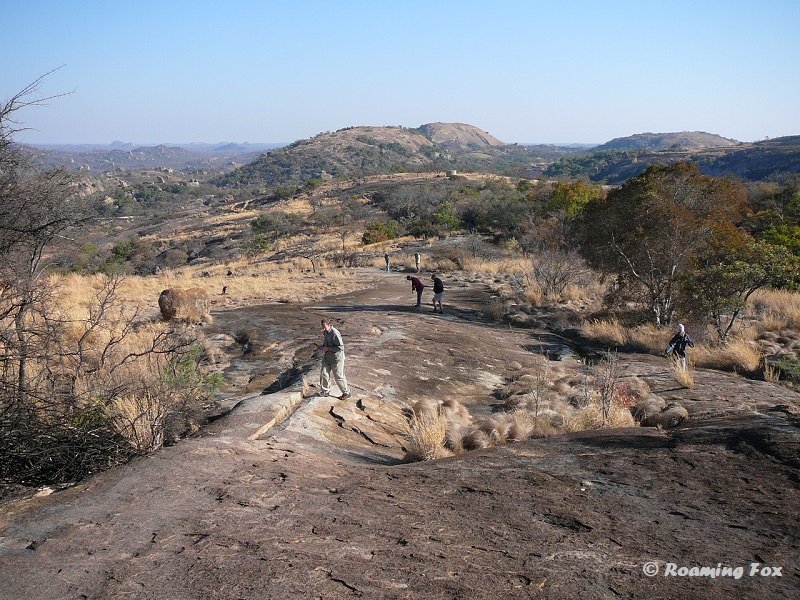











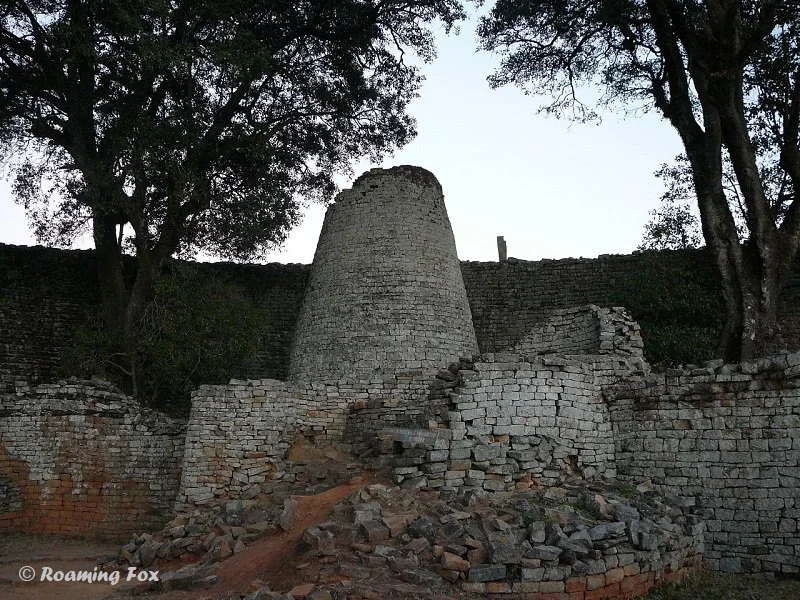

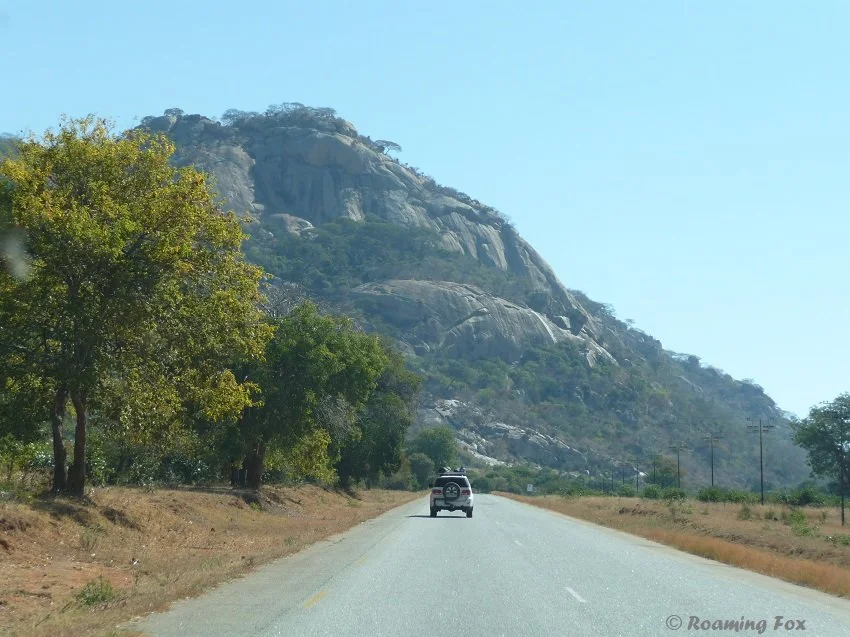




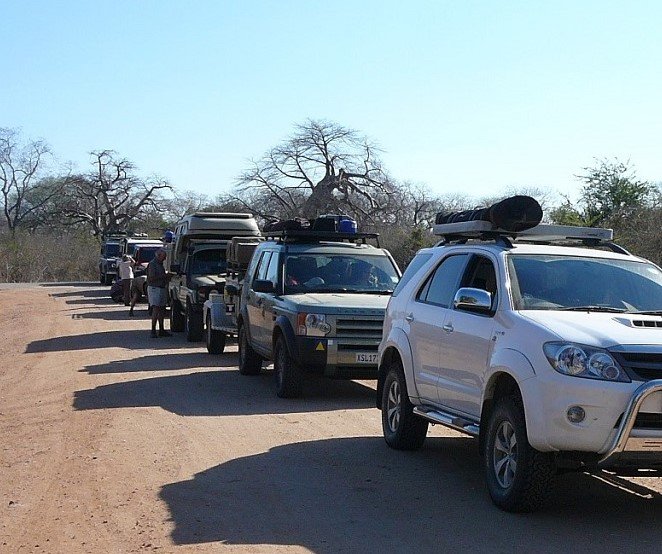
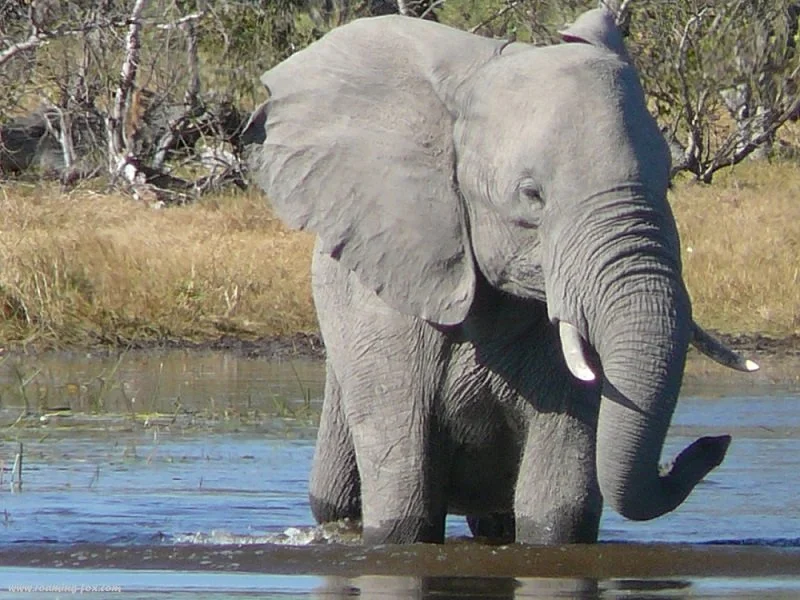
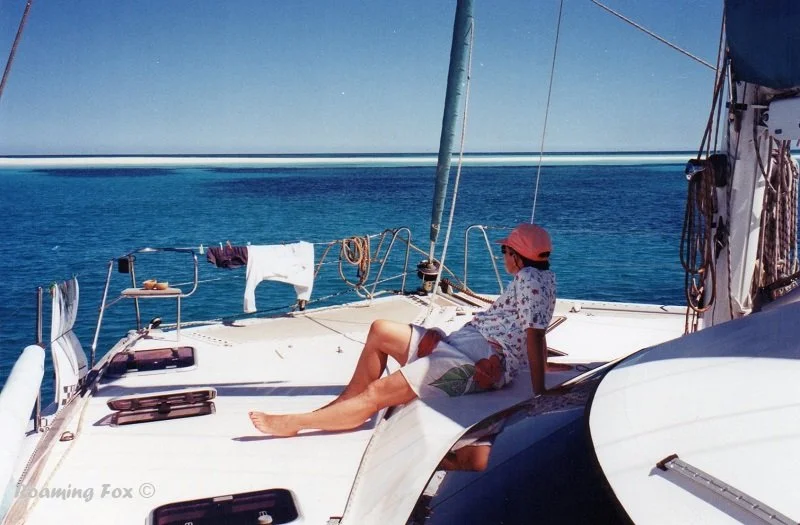

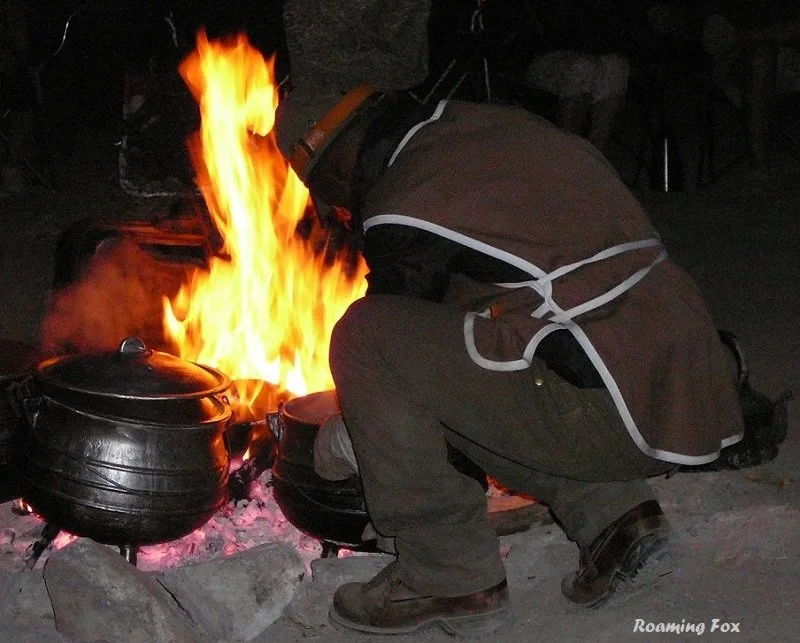


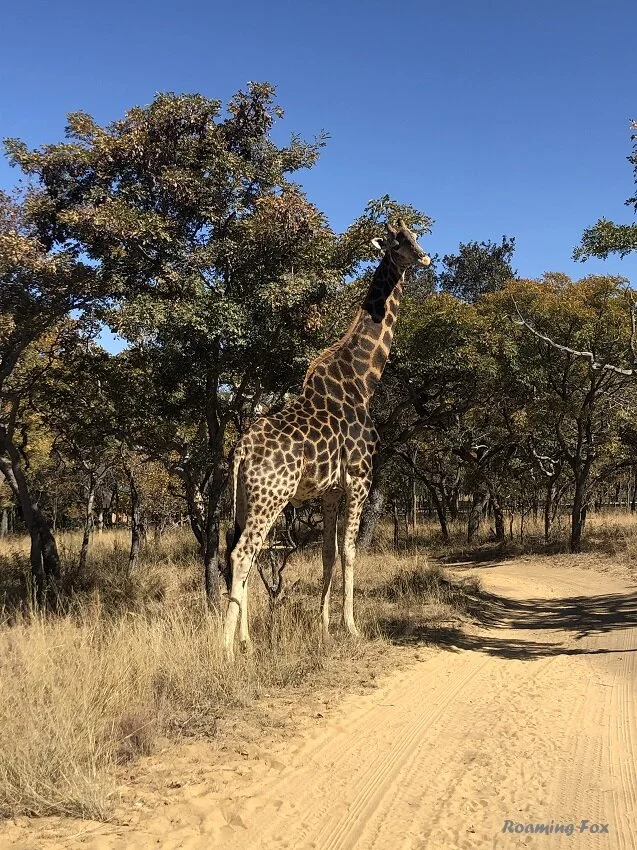
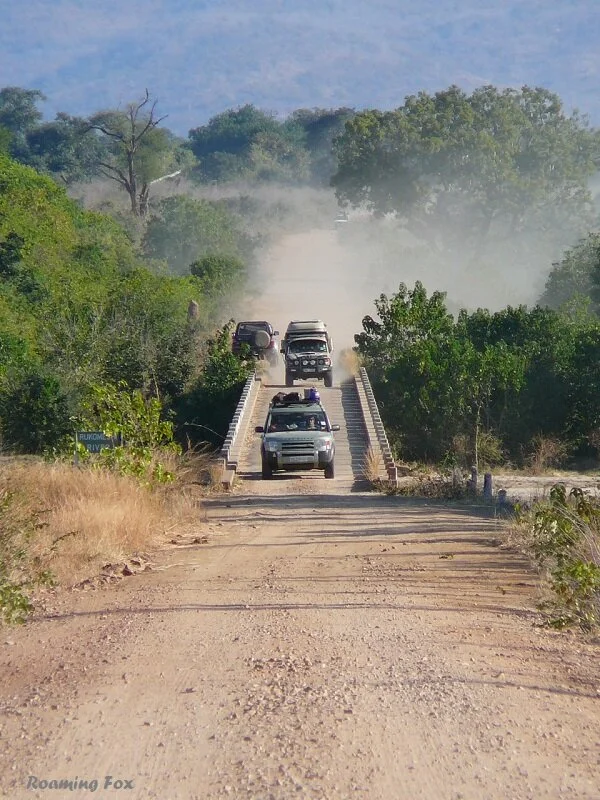

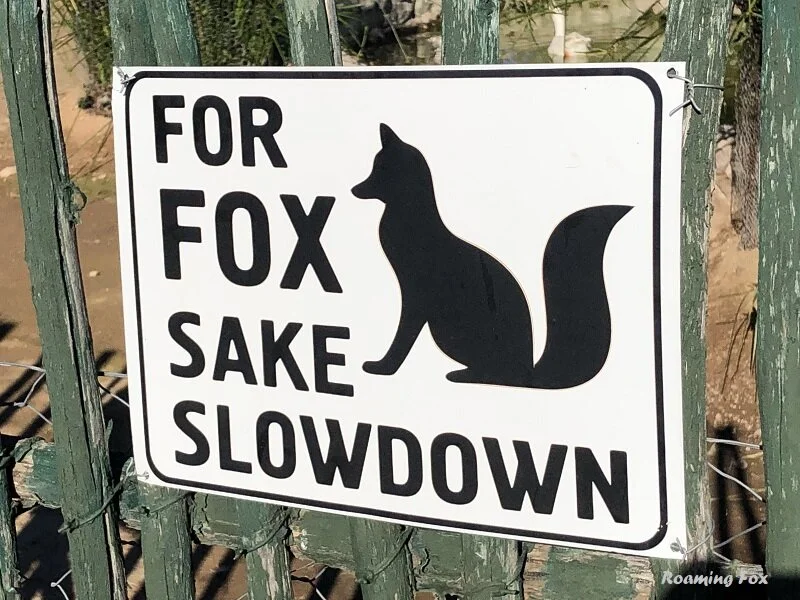


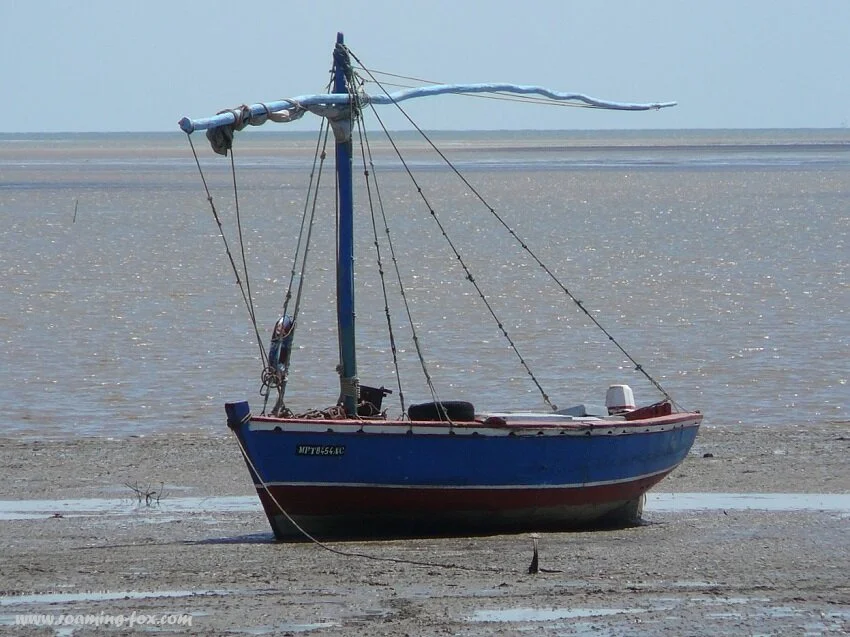
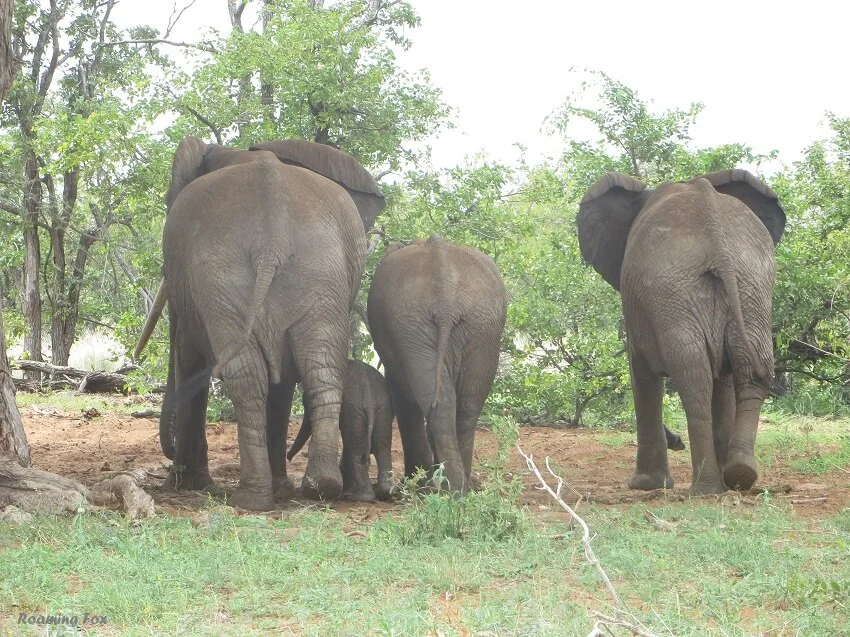






The Best Way to see a country? Take a road trip! Have you ever had that feeling when you hit the open road on your road trip? Freedom. Anticipation. Exhilaration.